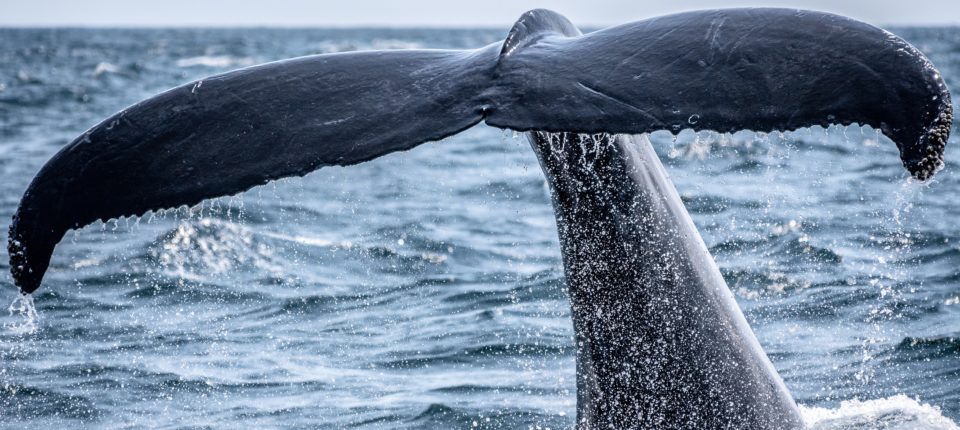
Grab a Life Jacket! Whale Watching Season Is Here!
There’s no adequate way to describe what seeing your first whale is like. Getting a glimpse of these gentle giants of the sea is an experience you’ll always treasure.
Here’s what you can expect when heading out to get a look.
The Ways of Whales
Whales are the largest animals that are known to have ever lived on Earth. Human fascination with these mammoth sea behemoths goes back millennia, with many ancient cultures hunting whales for meat, bone, and fuel (in the form of whale oil). In recent decades, conservation efforts have helped bring many large whale species back from the brink of extinction, further forging the bond between humans and these denizens of the deep. If you have any interest in seeing whales in the wild, then San Diego is the place to be. Prime spotting season is nine months long, with peak opportunities during the winter months — meaning your chances of seeing the world’s largest mammals are very high.
Why San Diego?
San Diego is one of the most specimen-rich locations in the world when it comes to spotting whales in the wild. Whales tend to skew close to our shores during their annual winter migration due to our waters being full of kelp forests, as well as krill — a whale’s main food source. It’s crucial that these massive creatures maintain their energy during their long trek. Thankfully, this means seeing them while they make their way past us is a near-certainty.
Migration Season
Gray whales migrate from Alaska to Baja California from December to April, eventually stopping at their destinations to give birth to calves. More than 20,000 gray whales make this 10,000-mile round-trip journey every year. Once their calves are strong, they head back up north for the summer and fall. San Diego’s 70 miles of coastline offer the ideal destination to watch these creatures along their migration path.
Summer Spotting
Fast forward to June, and it’s possible to see blue whales feeding on krill during the summer months off the coast of San Diego. Blue whales tend to congregate further off the coast than gray whales, requiring a boat trip for a chance at seeing one. Blue whales migrate from June to September and have been tracked migrating from the Antarctic to California to Costa Rica.
Planning Your Trip
Planning your whale-watching trip can be an adventure in and of itself. Experienced whale watchers will tell you that packing a hat, sunglasses, and sunscreen will keep the sun out of your eyes (and off of your skin) for better visibility and safety. Most whale-watching charters will offer binoculars, but it’s never a bad idea to pack your own or pick some up. Some light snacks may help keep up your energy. If you bring beverages, make sure they’re in plastic bottles for safety. And — of course — you won’t want to forget your camera!
By Land or by Sea
San Diego offers many ways to experience whale watching. If you’d rather keep your feet on the shore, Birch Aquarium, Cabrillo National Monument, and Torrey Pines State Reserve offer excellent viewing locations. If a boat trip and a closer look are higher on your list, the city’s charter boats offer many whale-watching excursions to choose from. San Diego Whale Watch, Offshore Blue Adventures, and Adventure Rib Rides offer exciting whale watching excursions for all ages.
